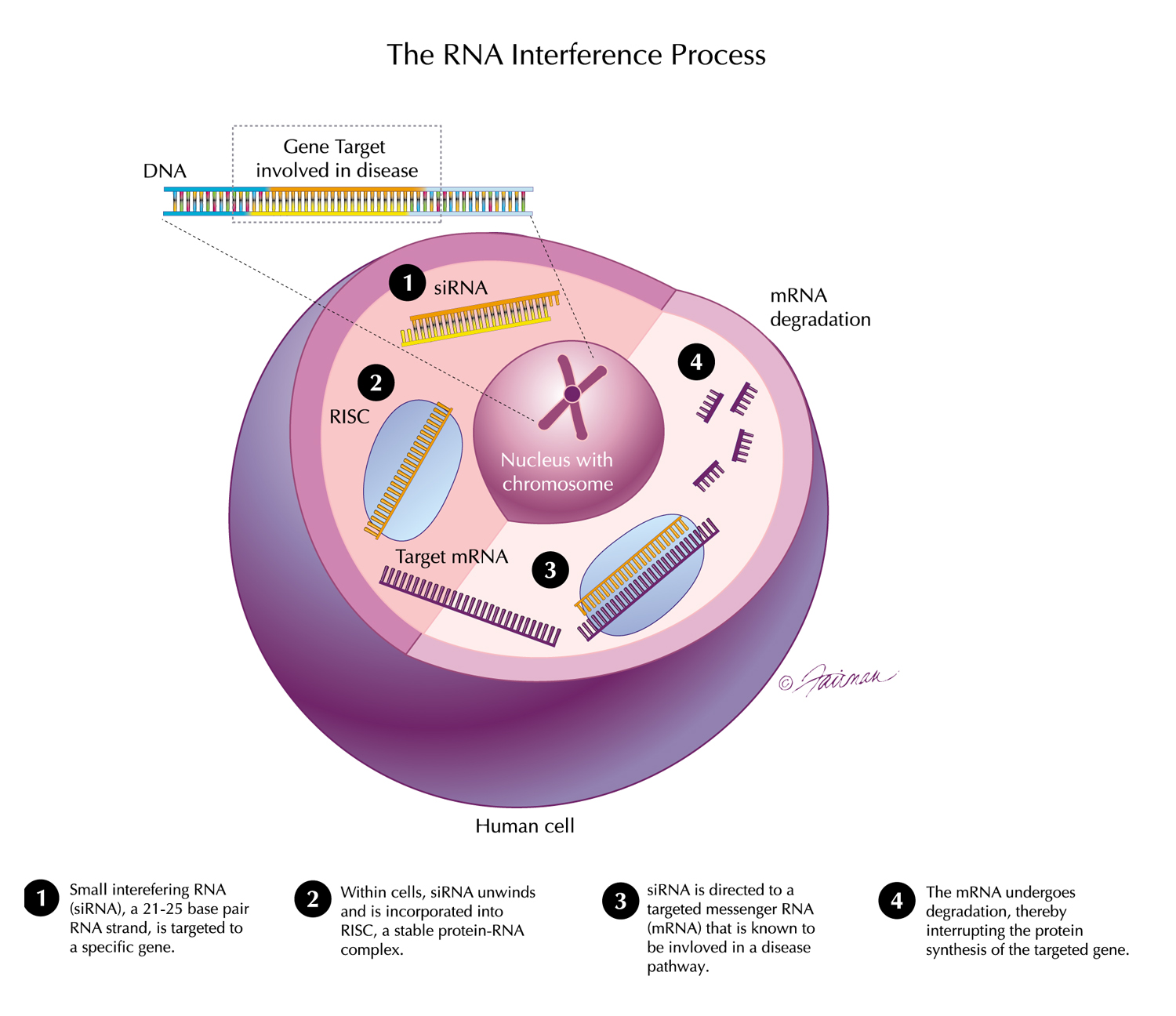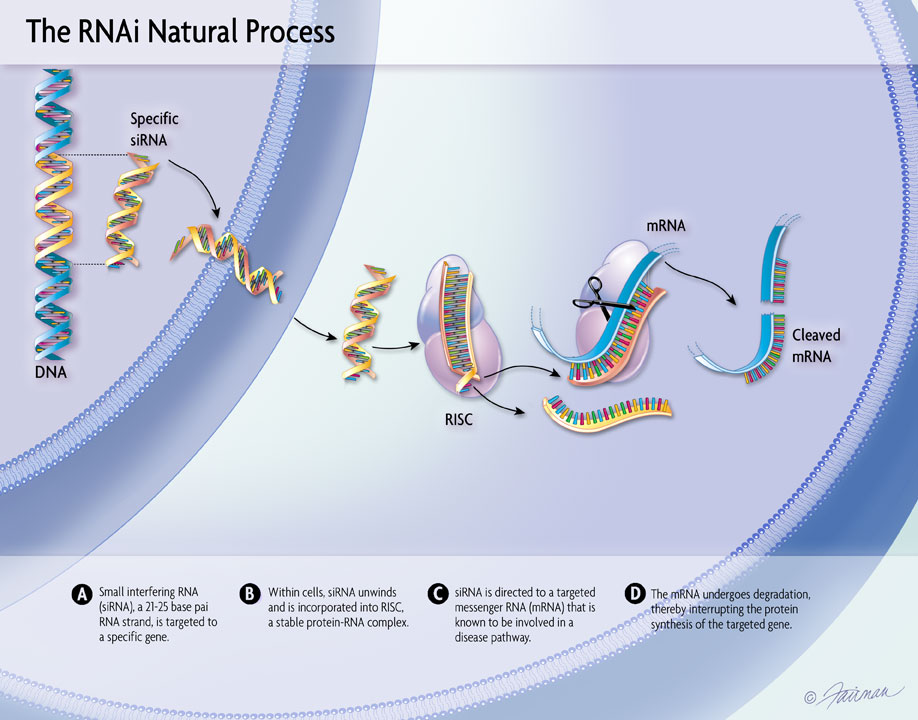
19 Feb, 2018 Nonclinical research published in Nature Communications describing optimization of GalNAc-siRNA conjugates to minimize off-target potential and maximize therapeutic index
During initial development candidate selection, a subset of chemically-modified siRNAs conjugated to trivalent GalNAc does not pass the stringent safety criteria for nonclinical evaluation due to rat hepatotoxicity. This body of work provides evidence that the observed hepatotoxicity is largely attributed to unintended base-pairing of the seed region of the siRNA antisense strand with off-target mRNAs, with little or no contribution from chemical modifications or the perturbation of RNAi pathways. Changing the sequence of the seed region or introducing thermally destabilizing modifications, such as glycol nucleic acid (GNA), in that region mitigated hepatotoxicity. Introduction of seed GNA has the potential to minimize the occurrence of hepatotoxic siRNAs across species without compromising on-target activity. This approach, among others, provides the opportunity to expand the number of initial candidates for nonclinical testing and to streamline the process of development candidate selection for RNAi therapeutics.
Read article in Nature Communications
The work described here led to the development of Alnylam’s Enhanced Stabilization Chemistry Plus (ESC+) platform, which incorporates novel design features that confer greater specificity, thereby improving the therapeutic index of GalNAc-siRNA conjugates. The ESC+ design is now being applied to Alnylam’s nonclinical programs and has shown successful translation of potency from rodents to non-human primates, with the first ESC+ development candidate, ALN-AAT02, expected to enter the clinic in 2018.


